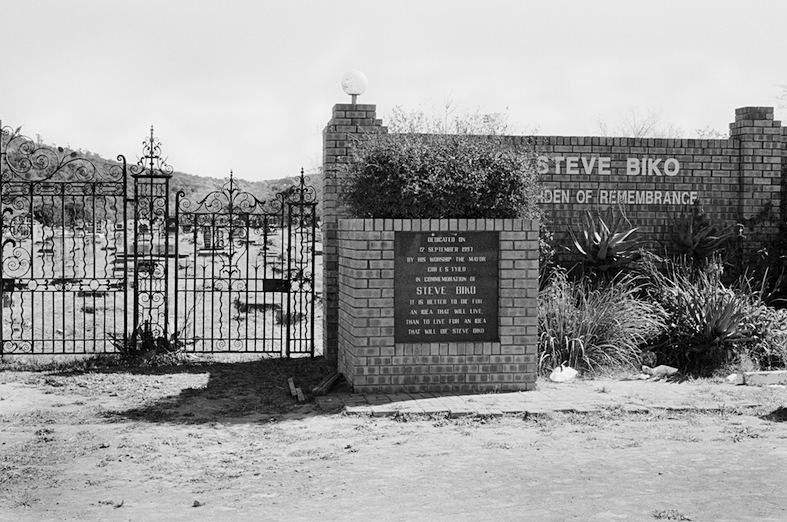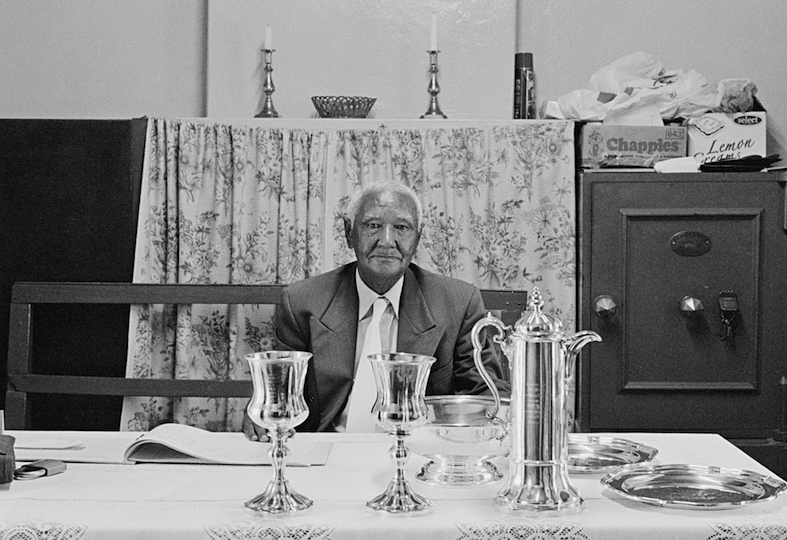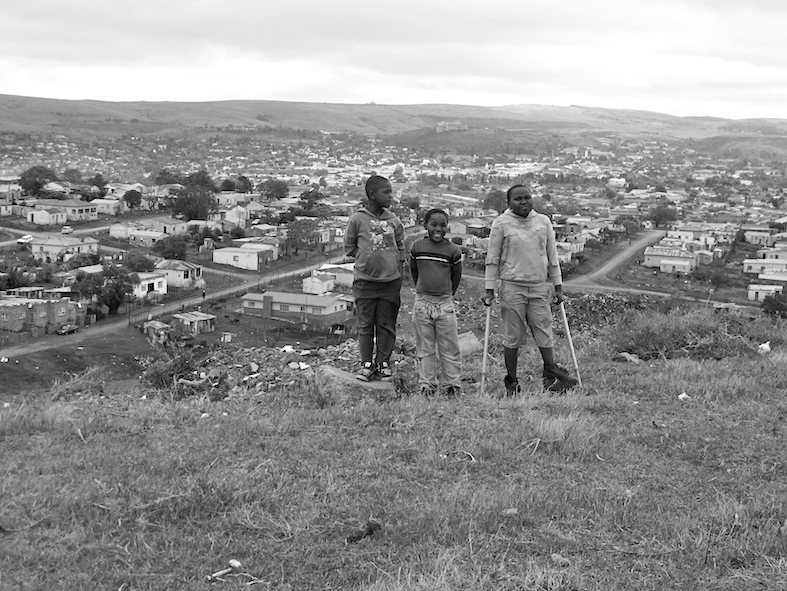After Apartheid: Famed ‘Struggle Photographer’ at UVa
After Apartheid: Famed ‘Struggle Photographer’ at UVa to Show a Nation Reborn Thirty years ago, South African photographer Cedric Nunn and …
Thirty years ago, South African photographer Cedric Nunn and his fellow “Struggle Photographers” shared the cruelties of apartheid with the world. Now, he is traveling to the University of Virginia to share images of a nation reborn, carrying lessons from past conflicts into a more democratic future.
In a public talk on Thursday, Nunn will present his latest photography series: “Unsettled: One Hundred Years War of Resistance by Xhosa Against Boer and British.” In it, he endeavors to capture a war that raged well before photography even existed: the resistance of the Xhosa people to Dutch and British colonialism from 1779 to 1879.
His photo essay reveals the current state of those long-ago battlefields, showing the descendants of the Xhosa people alongside the sites where their ancestors fought for the democratic freedoms they now enjoy.
“This essay looks at the land, which was occupied, desired, defended, lost and won,” Nunn said in a media release. “In it we see both the uses and states it is to be found in today. We are able to imagine the heroism and the misery it inflicted on its actors, as they either defended or attacked. We see the beauty, which stirred the souls of the inhabitants and the lust of the invaders.”
“His work is very powerful, but very subtle,” said John Edwin Mason, a professor in the Corcoran Department of History and a longtime friend of the photographer. “There is a lyricism in his photography, a real gentleness and quietness. It does not shout; it asks you to linger and find meaning for yourself.”
At the height of South Africa’s apartheid, the power of Nunn’s images, coupled with those of other so-called “Struggle Photographers,” brought international attention to the country’s systematic segregation. Nunn and his colleagues did not claim to be objective – they were very much on the side of South Africa’s freedom fighters – but their work was nonetheless a primary source for photojournalism in America and significantly moved the needle of public opinion. Eventually, outcry from American citizens contributed to U.S. government sanctions against South Africa in the mid-1980s.
Today, Mason hopes that Nunn’s work will contribute to an understanding of Africa far beyond civil war and other hardships commonly depicted in Western media. Nunn, he said, never defined his work solely by the country’s struggle. He has worked on many other subjects, ranging from portraits of the country’s preeminent jazz musicians to series showing his own extended family.
“Many of my students have never been to Africa and their images of the continent are very much defined by what they see in popular media,” Mason said. “Too often, that is either ‘The Lion King’ or horrible news of war and disaster. Simple exposure to ordinary African people is really important.
“Cedric is also a great artist and we want our students to be exposed to people who are extraordinarily accomplished at what they do, so that our students can get a sense of what it takes to achieve at a very high level,” Mason said.
Nunn will present his work Thursday at 5:30 p.m. in the Nau Hall Auditorium. The talk is free and open to the public. It was made possible with support from the Vice Provost for the Arts, the Center for Global Inquiry & Innovation, the Global Development Studies program, the Studio Art program and the history department.
Below are some of the photographs from Nunn’s “Unsettled” series, selected by Mason to illustrate the spirit of the collection. All images are courtesy of David Krut Projects, New York / Copyright Cedric Nunn.

Mason: A descendant of the warrior chiefs who led five of the nine wars in the 100 Years War of Resistance against the Afrikaner and British settlers.

Mason: Steve Bantu Biko, a 1970s struggle hero who died in police detention in 1977, is buried and memorialized in this graveyard in King Williams Town.

Mason: Church elder W. Pringle with silverware donated by a descendant of the founder of the N.G. Kerk (Church) at Herzog. The church was expropriated by the South African government circa 1980 due to the consolidation of the Ciskei Homeland. Most of the church members left for a place called Friemersheim, near Mossel Bay, which was purchased with the expropriation money. Fewer than ten families remained behind, clinging to the old church.

Mason: Mduduzeli Mkeba, Yonela Mcanda and Sima Mkele stand on the ridge from which Makanda attacked the garrison of Grahamstown below in 1819. Makanda was a Xhosa warrior and prophet who raised an army of several thousand men and led a surprise attack on the British garrison. Although Makanda and his troops were defeated, he is remember as a hero of anti-colonial resistance.
Caroline Newman
Media Relations Assistant
Office of University Communications
Original Publication: UVA Today
You are using an old version of Internet Explorer. Our site is developed with the latest technology, which is not supported by older browsers
We recommend that you use Google Chrome for accessing our (or any) website. It is a FREE and modern web-browser which supports the latest web technologies offering you a cleaner and more secure browsing experience.